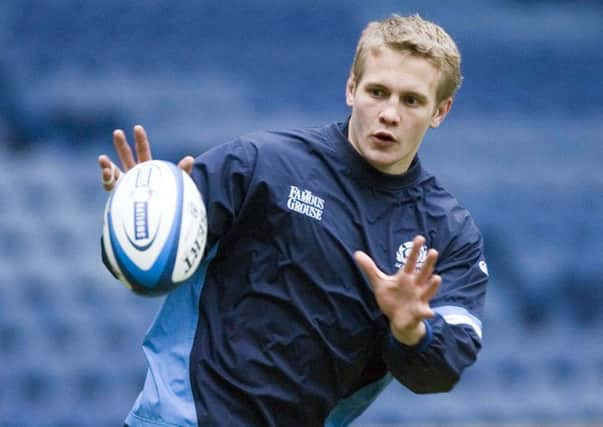Simon Taylor: We have a backline of match-winners


However, the less clichéd reality is that the French fans and media are as passionate, fickle and hyper-critical as any in the world. In which national rugby stadium other than the Stade de France do you hear home fans booing their own team? The French are deadly serious about their rugby.
I was at a big dinner in Paris after the last match of the 2010 Six Nations, when France narrowly beat England to win the Grand Slam, and I couldn’t understand why the atmosphere was so subdued, to the point that the French fans seemed genuinely disappointed. So I asked a few French ex-internationals, why the long visages? We didn’t score a try, they replied, we kicked too much, Trinh-Duc isn’t the answer at ten, we were better in ’97 and ’98… no one was satisfied. Not a bad spot to be in, when you can afford to rate your Grand Slams according to their aesthetic value!
Advertisement
Hide AdAdvertisement
Hide AdSo, the French public’s low-level discontent with the national set up has been a constant for some years now, yet the team remains entirely capable of world-beating performances. And, in terms of personnel, if you came to their teamsheet for today cold, with no inkling of the politics, internal strife and selection squabbles that go into its creation, you could only conclude that they look a pretty handy outfit. Ok, very, very handy. A big, tough pack, a legend for a captain, strike runners in every position across the backs and, in Camille Lopez, a ten, at last, who looks like he might dominate the position for years to some.
Perhaps the most noteworthy selection is that of Rory Kockott at nine. It is completely hypocritical, of course, as everyone else has been at it for years, but France picking residency-qualified southern hemisphere players still takes a bit of getting used to. The fact that Kockott plays at scrum-half, the position the French see as being the most important on the pitch and one in which, with Parra and Tillous-Borde, they are already well catered for, makes his selection particularly interesting. Kockott is a bit of a mix of those two players, as he has the former’s goal-kicking ability and alertness to attacking opportunity combined with the latter’s power around the breakdown. These qualities, along with a big dose of very South African, very un-French non-flakiness, make it easy to see why Philippe Saint-André could hardly wait for his three years to be up.
As for Scotland, it might smack of straw-clutching, but they must take some encouragement from the fact that the past six matches against these boys have all been settled by less than two scores.
And last year, frankly, we was robbed. I am, like every Scottish rugby fan, cautiously yet massively excited about the group of players who are coming through and can’t wait to see them reproduce, and even improve on, their performances in the autumn. Ultimately, though, sport is sport and nobody can say how this Six Nations will go for us. What is undeniable is that we now have a clutch of players of a type we have hardly ever had before. With Hogg, Seymour, Dunbar, Bennett and Visser, we can, for once, match the French in having an entire backline of powerful potential match- winners.
Clearly, professional rugby has endured a painfully slow start in this country (I was part of it for a while, and I can only offer my apologies for my part in those lost years), with only occasional and abortive glimpses of sustained improvement. One big difference now is that a lot of our best players have spent their formative years as professionals expecting to win at club level, no matter who the opposition, which was definitely not the case through much of the 2000s. You have to have huge admiration for the confidence, professionalism, but also freedom, with which these young Scottish players now approach the game. Frankly, when I was say, Jonny Gray’s age, I didn’t have the slightest clue what I was doing, and you have to think that the maturity with which guys like him go about their business speaks to a change in the entire culture of Scottish rugby.
But, in addition to that wider improvement, we seem to have a couple of individuals who may have enough character, skill and sheer physical ability to allow them play a major role in effecting lasting change in the national team’s fortunes. O’Driscoll and O’Connell did it for Ireland in the early 2000s, Shane Williams for Wales in the middle of the decade. Who’s to say it’s not Scotland’s turn?